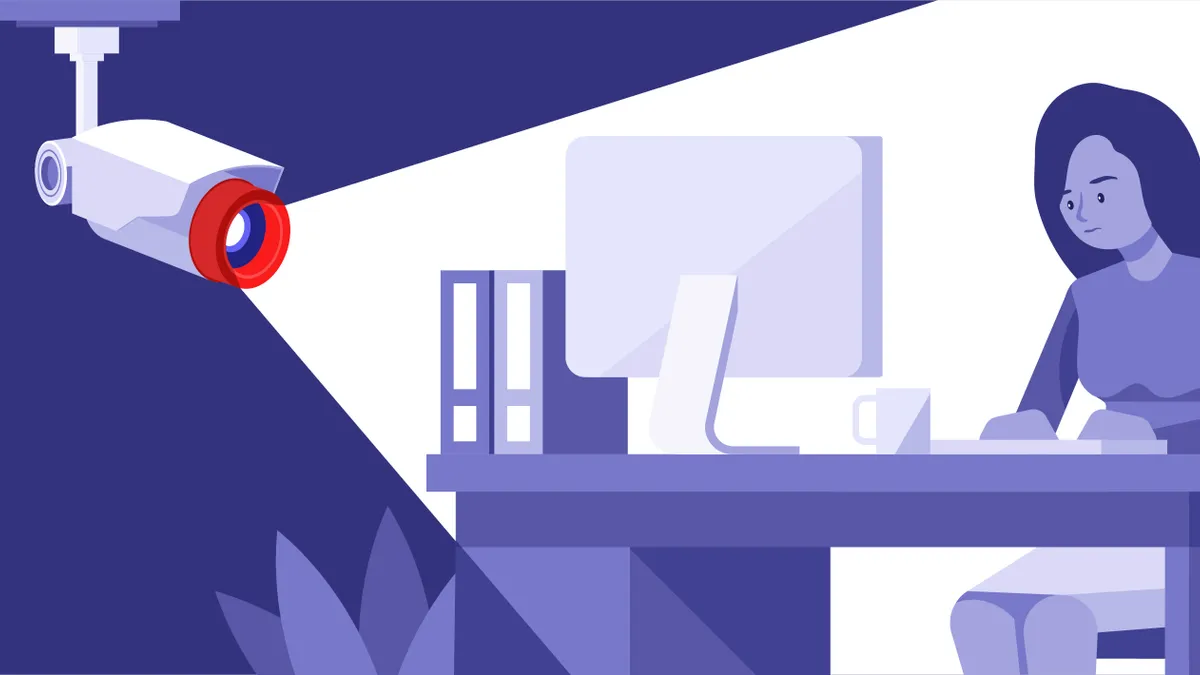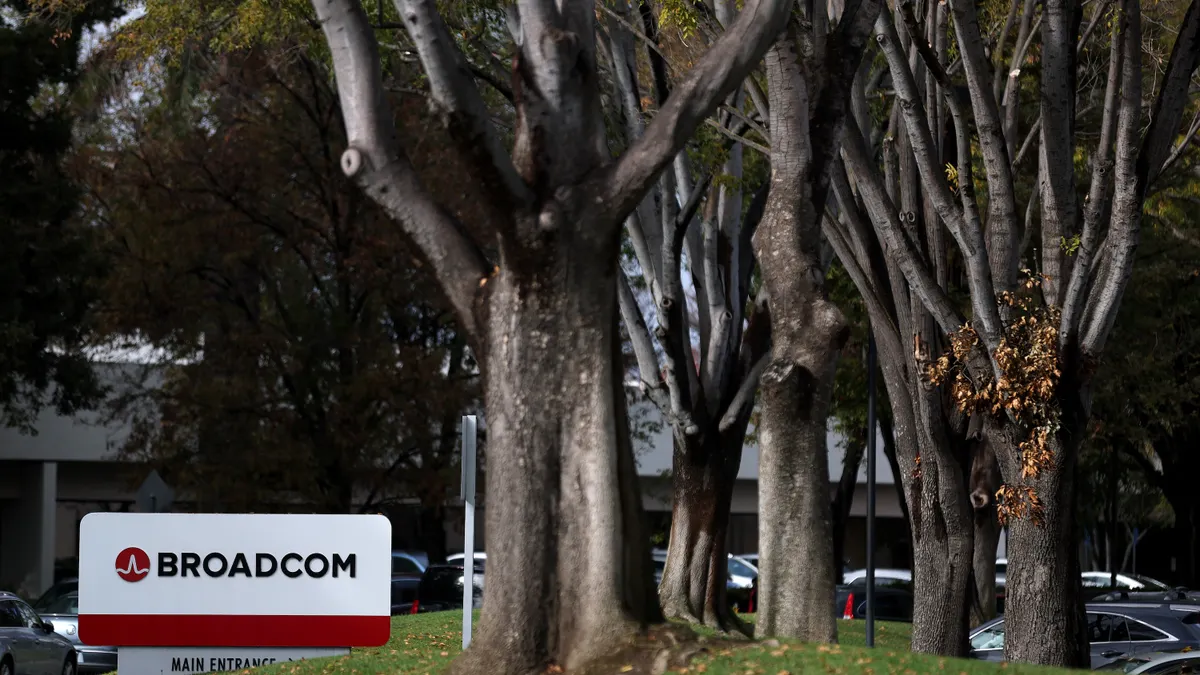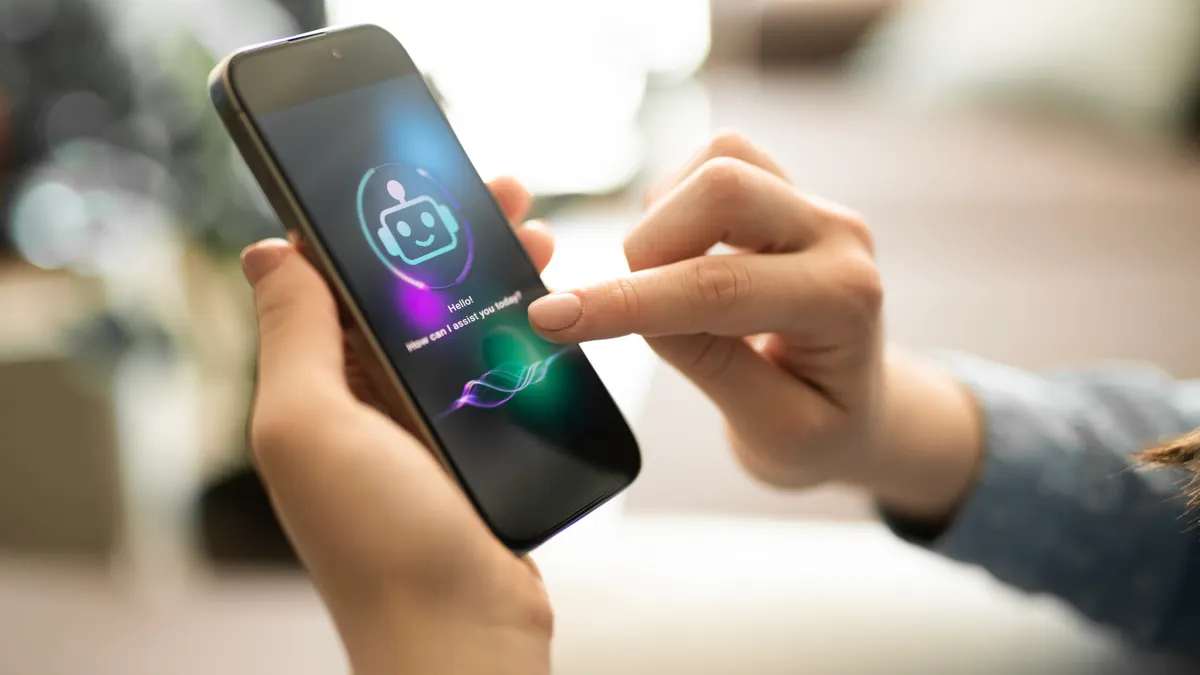Remote work isn't new. Its road to popularity has been paved by workers seeking the flexibility, job satisfaction, and productivity it provides. An analysis by FlexJobs and Global Workplace Analytics found that in the last five years, remote jobs grew 44%, and in February 2020, 4.7 million U.S. workers operated remotely.
Despite the popularity remote work has among employees, some employers aren't sold on the idea, worried that employees will slack off without supervision.
But the novel coronavirus pushed wary employers to accept the arrangement. For many companies, allowing employees to work from home was no longer just a nice perk; it was the only way to continue operations. The amount of remote workers surged to 53%, after clocking in at 7% last year, according to a report from Willis Towers Watson.
With remote employment now a necessity, employer concerns about working from home may feel even more urgent.
After all, without being in the office, how can managers ensure employees are being productive? If managers can't stroll by employees' cubicles, how do they know they're working and not refreshing their Twitter feeds? Or that they are keeping company information secure? Or that they aren't misusing company devices?
A common solution: Employee monitoring
Companies may address employee productivity and security concerns by using a variety of monitoring technologies, said Adam Forman, labor and employment attorney at Epstein Becker Green. These include video, audio, screenshots and other technologies to measure productivity, he said.
Although it may sound intrusive, employee monitoring of this type is very common, said Fred Cate, senior fellow at the Center for Applied Cybersecurity Research at Indiana University.
"I would be surprised if there's no monitoring," he said. Employers look at information such as employees' use of intellectual property, how much work employees perform, and logon and logoff times, he said.
Since employees began working remotely because of COVID-19, interest in monitoring has increased, said Eli Sutton, vice president of global operations at Teramind, a provider of employee monitoring and insider threat detection. "In the past couple of months, we've had more than three times the usual interest from new clients and current clients who need more licenses to work in the home environment," he said.
Monitoring software helps employers understand what users are doing with company time, Sutton said. This includes ensuring employees are productive and are maintaining the same level of in-office security while out of the office. A recent study found around 30% of employee accounts globally were compromised since employees started working at home due to COVID-19.
Legal ramifications? It's complicated
Although monitoring is generally accepted in the company office, can an employer still monitor an employee at home? Yes and no, according to Forman.
"There is a patchwork of laws that regulate an employer's ability to monitor the activities of its workers," Forman said. In other words, it's complicated.
Employees in the public sector have different protections than those in the private sector. Add to that a myriad of laws that include state regulations, the Electronic Communications Privacy Act of 1986 and the National Labor Relations Act. These statutes and others provide employers guidance, Forman said, but they also often provide conflicting exceptions.
Employers that want to monitor staff should create a written policy or procedure, Forman said. Similar to a social media policy or electronic technology policy, this policy would inform employees that they may be monitored and eliminates the expectation of total privacy.
Monitoring in the age of personal devices
Employers can monitor employees using company equipment, but it gets a little stickier when employees want to use their own devices. "You may want to leverage technology to get around concerns," Forman said.
For example, companies can require that employees install mobile device managers to access corporate documents. "[The device manager] essentially creates a sandbox within your device where all corporate information resides," Forman said.
If a phone is lost, the company can wipe the corporate data from the phone, leaving the personal information intact. Or, if employees leave the company, they can't take the "crown jewels" of information with them, he said.
Some monitoring providers offer customizable options. Companies that use Teramind software, for example, determine what information should or should not be monitored, Sutton said. If an employee is in customer service, the company may want to use the audio component to measure call quality and check for ambient noise that might distract the customer, he said.
Reducing the creepy factor
Employers may have a multitude of reasons to monitor employees' actions, but they should be aware of the downsides. Employers don't want to be viewed as overly intrusive, Forman said.
This can happen when employees don't know they're being monitored, and employers install spyware to turn on laptop cameras, read emails or listen in on calls. In some cases, this can be done legally, but employers can still face ramifications.
Employers may also learn more than they want to know about an employee, Cate said. Monitoring might uncover harassment or information about an employee's health that impacts the job. Once the employer gains that information, they may have a legal obligation to act, he said.
'Can' doesn't always mean 'should'
Aside from compliance issues, monitoring remote employees' productivity is a bad idea, said Rhiannon Staples, chief marketing officer of Hibob, an HRIS platform. Employers are falsely relying on monitoring technology to be the managers' eyes and ears, she said. "Surveillance is not a replacement for leadership."
The technology doesn't always give an accurate perspective of productivity, according to Staples. If a monitoring system takes a screen grab at random points, it may not include all of the employee's productivity, such as phone calls or planning time.
Monitoring that takes place during set business hours doesn't capture tasks completed outside of the work day. Especially now, as employees' schedules have become more fluid to balance family responsibilities during the day, employers may not get the true picture if they're relying on data from a point in time, she added.
If managers have conversations about expected outcomes, employees don't have to be monitored, Staples said. "Whether you do [the work] at 11 p.m. or 3 p.m., so long as you deliver by the deadline. That's the strongest message," she said.
Staples acknowledged that this approach might not work for every role, but for many white-collar, remote positions, it could. "Manage by outcomes versus output," she said.
Sutton countered that employee monitoring promotes a better working environment. Being able to monitor employees at home as if they were in the office gives employees more freedom to work anywhere, he said.
Overall, monitoring remote employees has advantages and risks. Companies considering monitoring should first determine why it is needed, according to Cate. If it's for a performance assessment or because of suspicion of theft, employers need to use tools targeted for that purpose.
The first critical step for companies is to eliminate the expectation of privacy, Forman said. And, when monitoring, don't go overboard. "Use a scalpel, not a butcher knife."























